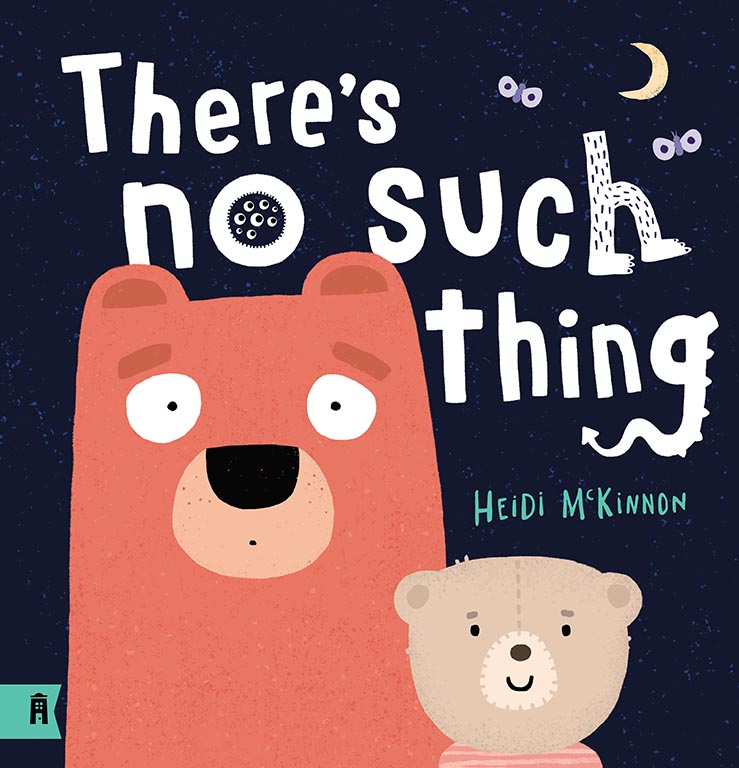

The irony of colonialist art appropriation practices never lost on us.ĭuring the interview, though, Tommy and I pretended not to see the obvious - that we were the hidden Indians in the room, ignored against an all white space - so used to being treated as the ghosts we have been. A rush of stories ran through my head I had heard from IAIA peers and faculty about Indians being treated inhumanely in Santa Fe by the starkly white bourgeoisie, even as our art sells to these people for thousands upon thousands of dollars throughout their downtown boutiques. We were put in a dark corner and ignored by our waitress and most of the staff, had to hunt down our waitress to finally get our check, and several attempts to flag down waiters ignored. It was happy hour in the restaurant and we were the only two non-white people in the place, the only Indians. We met in a high-end restaurant in the center of what is called The Plaza of downtown Santa Fe - an art district showcasing endless amounts of Native American art, authentic and not.

This interview took place in Santa Fe, New Mexico during the graduation residency for the Institute of American Indian Arts (IAIA), where Tommy is an alumnus and now faculty in the Creative Writing graduate department and I about to graduate with my MFA. With work like Tommy’s novel hitting the shelves of the mainstream, priming all urban Native writers to come, we will live as ghosts no longer. And our lives as singular urban Natives, separated from our culture but with our culture still swimming through our blood, were submerged in the wilderness of our cities, only ever able to blend in as biracial alone until now, as we both work to write ourselves into existence within the structures of the cities we grew up in. Our cities were post-industrial mirrors of each other, similar in class, construction, and constitution. I am only an hour further east, inland to Stockton, California.


 0 kommentar(er)
0 kommentar(er)
